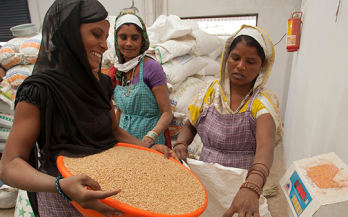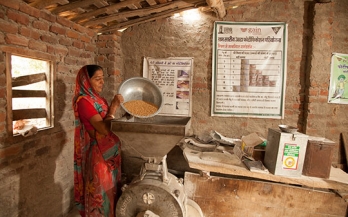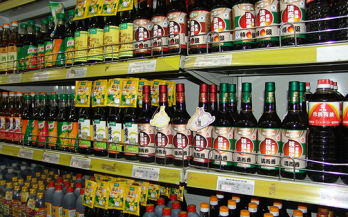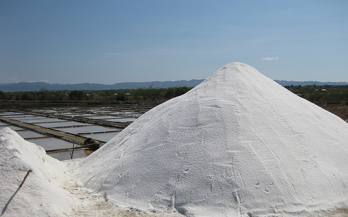The purpose of this study was to develop and test a model to procure premix through a transparent and efficient process in which an adequate level of quality is guaranteed and a financial mechanism is in place to support countries or specific target groups when there are insufficient resources to cover the cost of premix.
The objectives of this paper are to provide information on the costs of adding different chemical forms of iron and/or other micronutrients to premix formulations, and to discuss some of the issues that should be considered regarding which micronutrients to include in the premix.
Fortification of staple foods is the cheapest, most efficient and most effective way to supply large populations with essential micronutrients. This paper reviews the case for fortification of flour supplies with iron and folic acid and concludes that it is the best way to provide daily doses of these nutrients to populations in developing countries, especially for women of child-bearing age.
This paper focuses on food fortification in two states of India and highlights the key activities needed to implement large scale food fortification programs, the challenges associated with food fortification, the feasibility of scaling up staple food fortification through commercial channels on a voluntary basis and the potential of introducing fortified foods through public funded programs.
More than 80 countries fortify flour, yet the public health impact of this intervention on iron and anemia outcomes has not been reviewed. The objective of this systematic review was to review published and gray literature pertaining to the impact of flour fortification on iron and anemia.
Universal salt iodization is the main global strategy to eliminate iodine deficiency. The purpose of this study was to develop program guidance around iodine in bouillon, iodine retention in 13 bouillon brands commercially available in Senegal was measured over 6 months.
The objective of this study was to assess the effect of sodium iron ethylenediaminetetraacetate (NaFeEDTA)-fortified soy sauce on anemia prevalence in the Chinese population.
The objective of this study was to assess whether improving iron intake with double fortified salt would improve food intake, resulting in higher energy, nutrient intakes, and weight indicators of female tea plantation workers.
Large-scale food fortification (LSFF) of commonly consumed food vehicles is widely implemented in low- and middle-income countries. Many programs have monitoring information gaps and most countries fail to assess program coverage. The aim of this work was to present LSFF coverage survey findings from programs conducted in 8 countries between 2013 and 2015.
Food fortification is a cost-effective approach to prevent and control of micronutrient deficiencies in India. This study was conducted to assess the coverage of adequately iodized salt and the potential for rice fortification.










